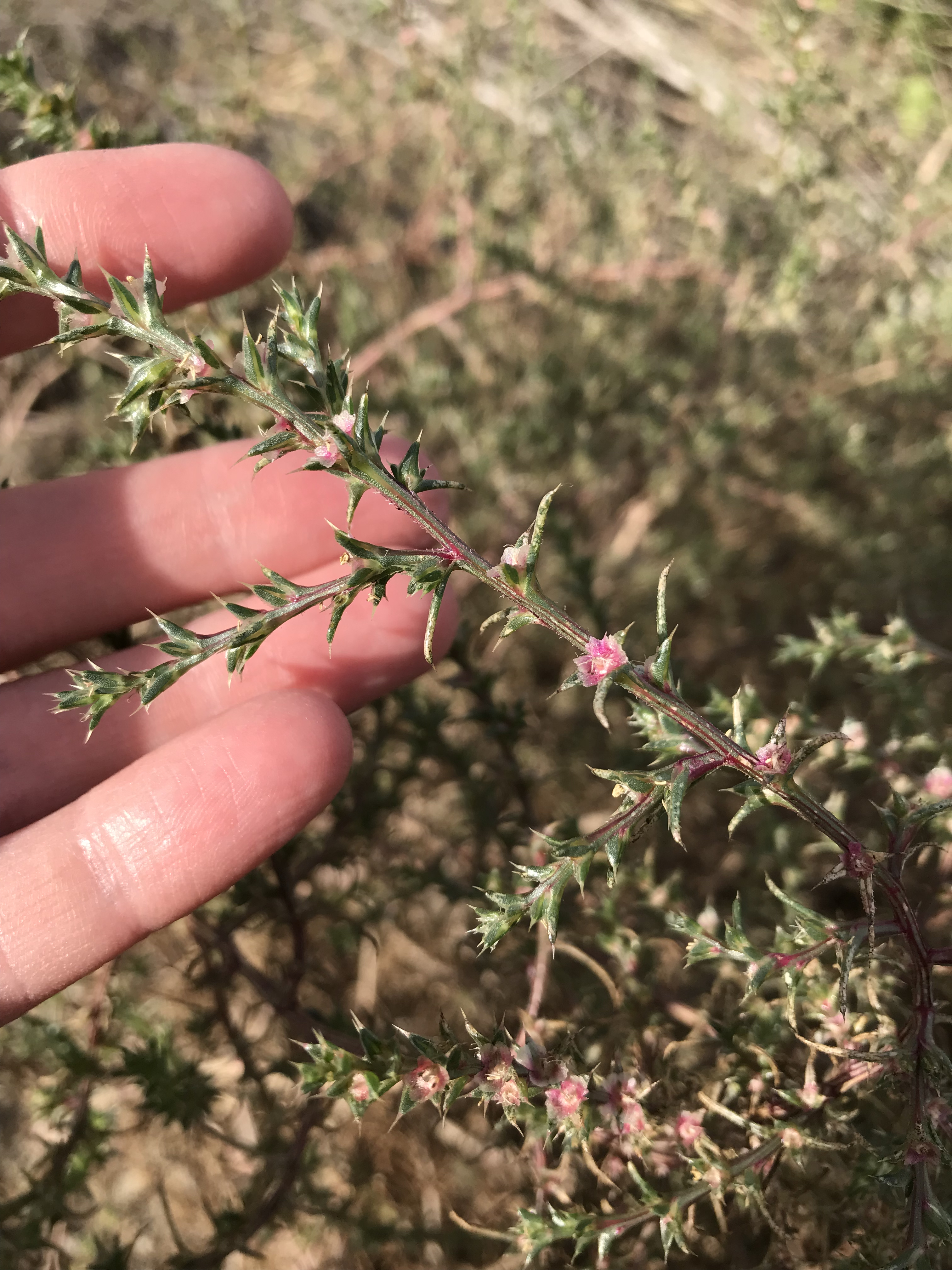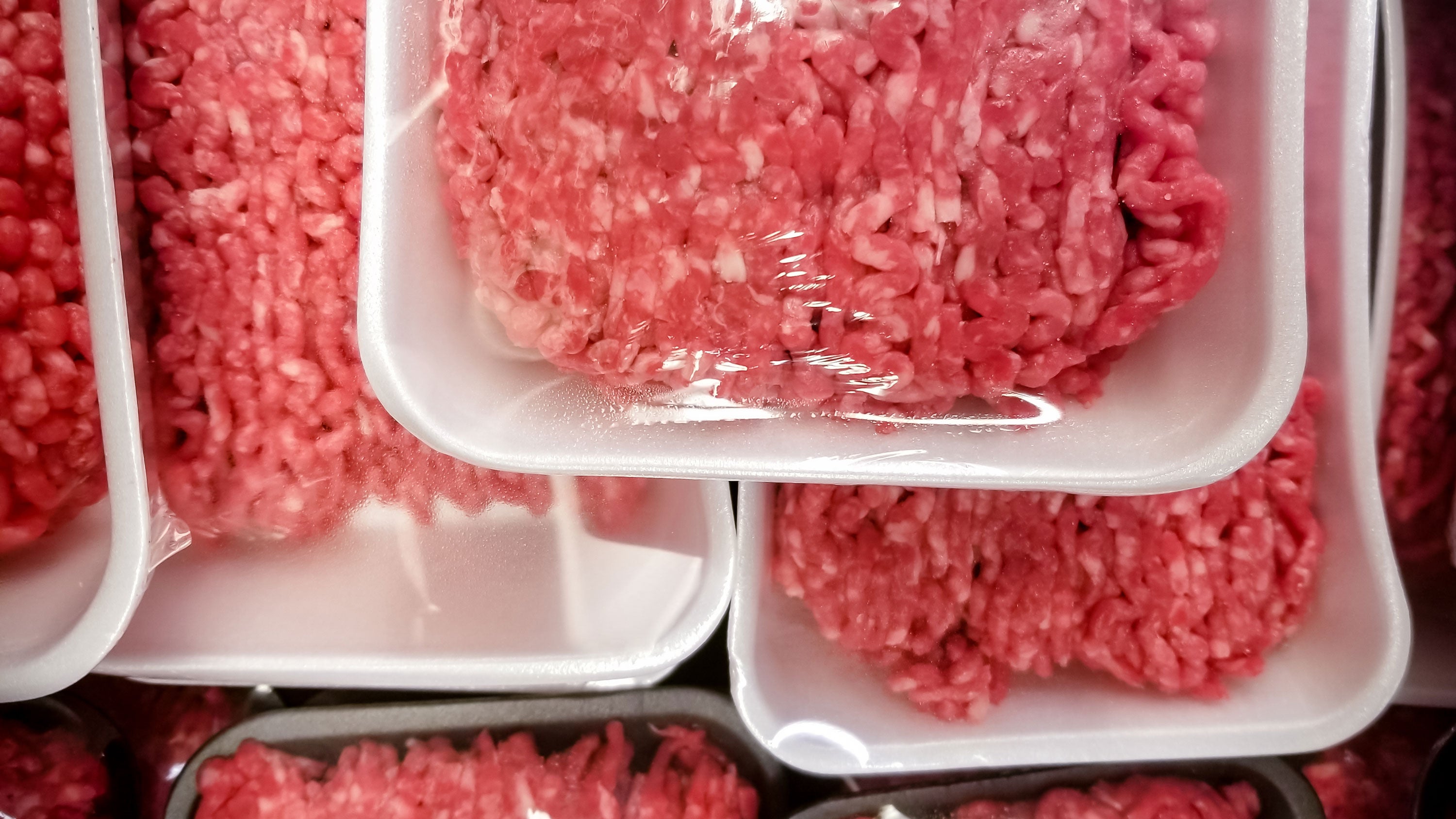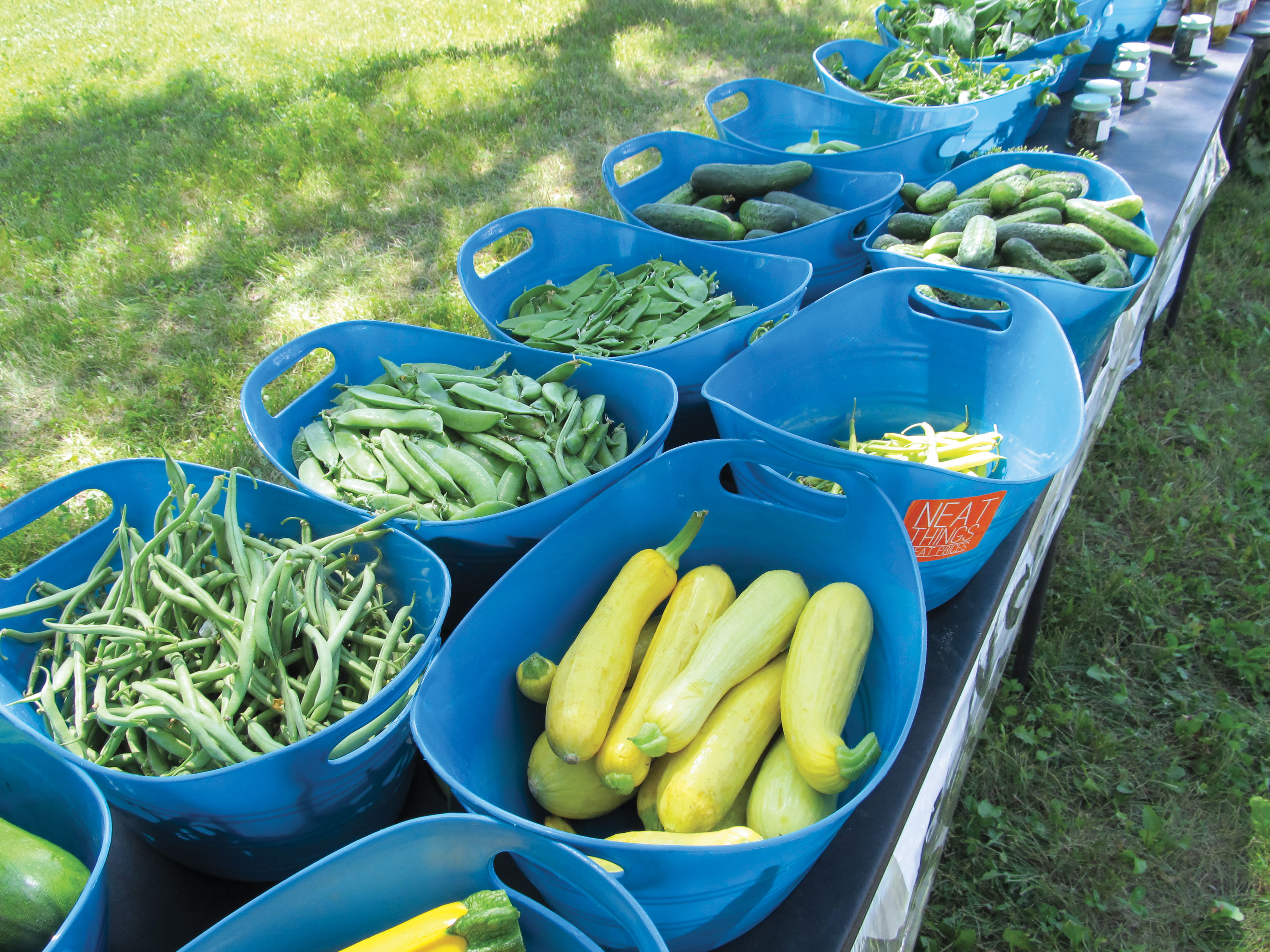Search

Weed Control: Pulse Crops
Weed competition can cause significant yield reduction in pulse crops. Pulse crops are weak competitors with weeds, therefore planning an effective weed control program is one of the keys to profitable production.

Production and Utilization of Field Peas in South Dakota
Guide to field pea production and utilization in South Dakota

Farmers Market Resource Manual
This manual is intended to be used by farmers market directors, managers, and organizers to copy portions of the manual that pertain to the needs of their farmers market.

Prickly Russian Thistle
Publications that provide introductory and expanded information on the notorious invasive plant, prickly Russian thistle.

Managing Salts in the Home Garden
Fact sheet about managing salts in your home garden.

Salt/Salinity Tolerance of Common Horticulture Crops in South Dakota
Fact sheet about salt/salinity tolerance of common horticulture crops.

Frequently Asked Questions (FAQs) About Serving Bison and Beef in USDA Child Nutrition Programs in South Dakota
This FAQ document provides responses to commonly asked questions about serving beef and bison in South Dakota Child Nutrition Program (CNP) meals and snacks.

Noxious Weeds of South Dakota
Pictorial reference guide of noxious weeds in South Dakota

Food Safety for Farmers Markets
Food safety bulletins for farmers markets and other direct marketing vendors

Soil Testing for Vineyards in South Dakota
Not all soils are conducive to growing quality grapes, so prospective vineyard sites should be tested before a decision is made to plant grapes. Tests can identify soils that are either too high in pH, salts, or salinity, or that are “too rich” (too high in organic matter and nitrogen) for grapes. In addition, testing before planting allows for the incorporation of nutrients—such as phosphorus—that do not move easily through the soil to plant roots.